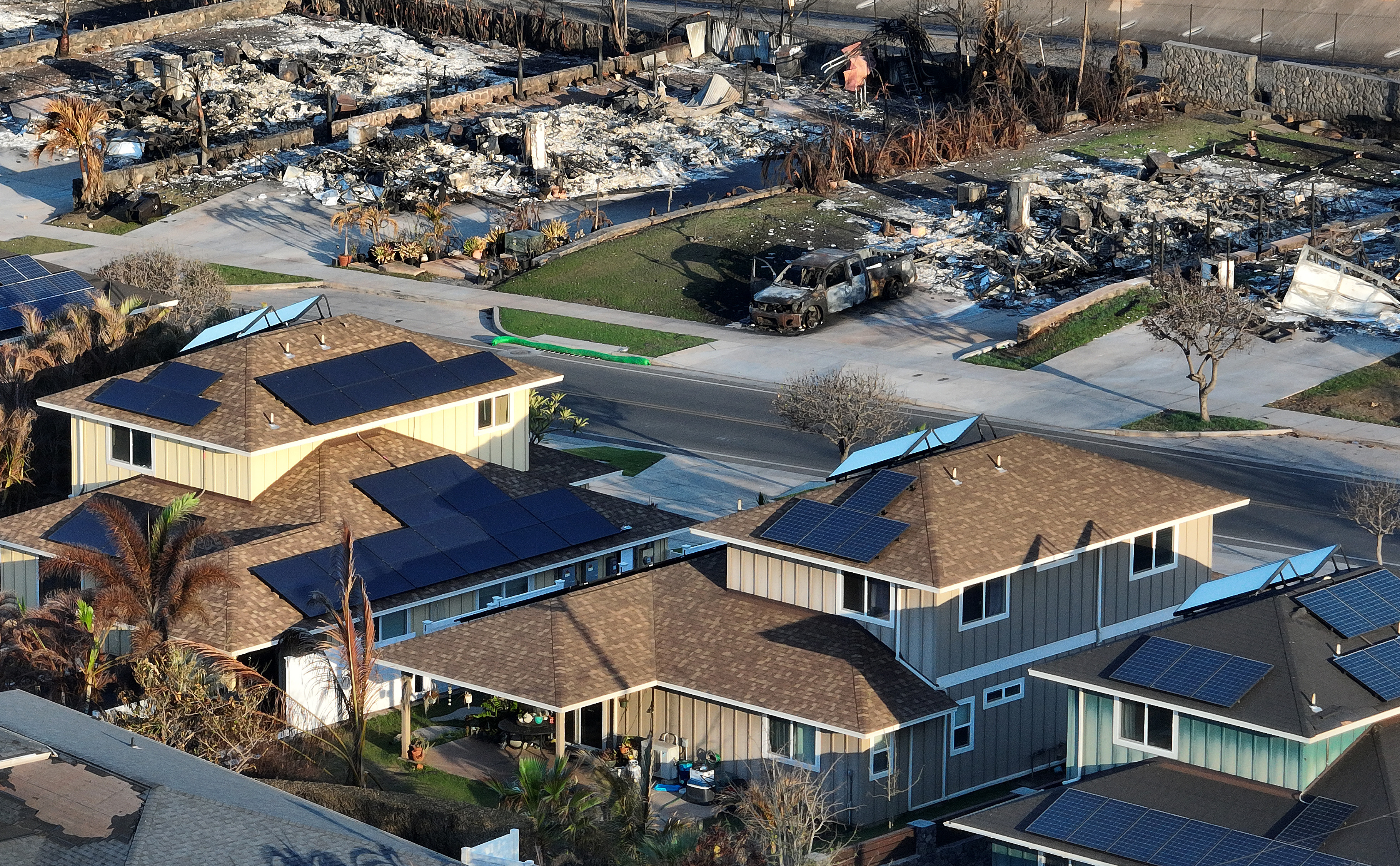Dena Scott never had large breasts. But as she grew older, they grew … smaller. "The aging and childbearing take their toll on you," says the Lafayette, La., mother of two. "You start losing tissue." Still, the 47-year-old brushed off any thought of getting implants. Her husband never complained about her breasts, and having surgery to enlarge them seemed expensive, inconvenient—"something other people do." Or so she thought.
Turns out it's precisely women like Scott who are opting to have breast augmentation surgery in growing numbers. It was the most popular cosmetic procedure in America last year—and nearly one-third of the patients were 40 or older, a 17 percent increase from the year before. "That's staggering," says Dr. Richard A. D'Amico, president of the American Society of Plastic Surgeons. Yet he expects the numbers to be even larger this year.
Why the increase? Some of the new patients are women who have lost several pounds, often through bariatric surgery, and want to compensate for the weight lost in their breasts. (The number of annual weight-loss surgeries in the United States has nearly doubled since 2003, and typical patients are in their late 30s.) But much of the recent rise can be attributed to the heavy marketing of so-called "mommy makeovers": a breast lift or augmentation, or a tummy tuck—or a combination of the three—which surgeons say help women reclaim their pre-pregnancy bodies. That's what Scott was after when she decided to consider surgery this year. She ended up getting saline implants for her breasts. Her new D-cup figure makes her feel younger, she says. And after her friends saw the results, several say they are considering implants too.
Dr. Walter Erhardt, the last president of the American Society of Plastic Surgeons and a practicing surgeon in Albany, Ga., for 27 years, says "far and away" the majority of patients today who are undergoing breast enlargement—or "rejuvenation" surgery, as he calls it—are women like Scott, who are married with kids. "These women don't approach this so much as cosmetic surgery but as reconstructive surgery."
That was certainly true for Kristin Chase, a 45-year-old mother of four who lives in Chicago. Before she had surgery she felt that her breasts had become "empty sacks" after nursing four kids. With the implants, she went up to a generous 36B, the same size she'd been before having kids. "Now I look like a woman with normal breasts," she says.
Many, like Scott and Chase, are in their 40s by the time they decide to go under the knife. Some women wait until their kids are out of the house—or, at least, out of grade school—because of the cost and recovery time required (a breast augmentation averages $3,600, a breast lift is about $4,200, and a tummy tuck about $5,000). But age is also a factor. After age 40, the changes in the breasts become more pronounced, as fatty tissue begins to replace the supportive, fibrous tissue known as the stroma, and skin starts to sag more—regardless of whether a woman has had kids, and nursed them, or not. (In fact, a small study presented in October by Dr. Brian Rinker, a surgeon at the University of Kentucky, found that breastfeeding alone didn't appear to have an effect on the shape of a woman's breasts. However, it did find that the number of pregnancies and age were "significant risk factors" for "an increased degree of breast sagging.")
"Between having children and getting older, the breast tissue is going to change," says Dr. Iffath Hoskins, chair of the department of obstetrics and gynecology at Lutheran Medical Center in New York City. "And women today are more aware of their cosmetic issues and the choices they have to address them."
Surgery is a pretty drastic option, with the pain, risks and recovery time that come with it. For now, the majority of women still seem more likely to invest in a new bra than a new pair of breasts. Though the number of breast surgery patients is increasing, they remain a small percentage of the total population (about 329,000 women underwent breast augmentation procedures last year). But the trendline is clear—and to some observers it's worrisome. "Are we getting to the point where there's no such thing as natural aging?" asks Diana Zuckerman, president of the National Research Center for Women and Families. "So you have a baby and you no longer look 20. Is that so hard to deal with?" For a small but growing number of women, the answer, it seems, is yes.
Uncommon Knowledge
Newsweek is committed to challenging conventional wisdom and finding connections in the search for common ground.
Newsweek is committed to challenging conventional wisdom and finding connections in the search for common ground.
About the writer
To read how Newsweek uses AI as a newsroom tool, Click here.








